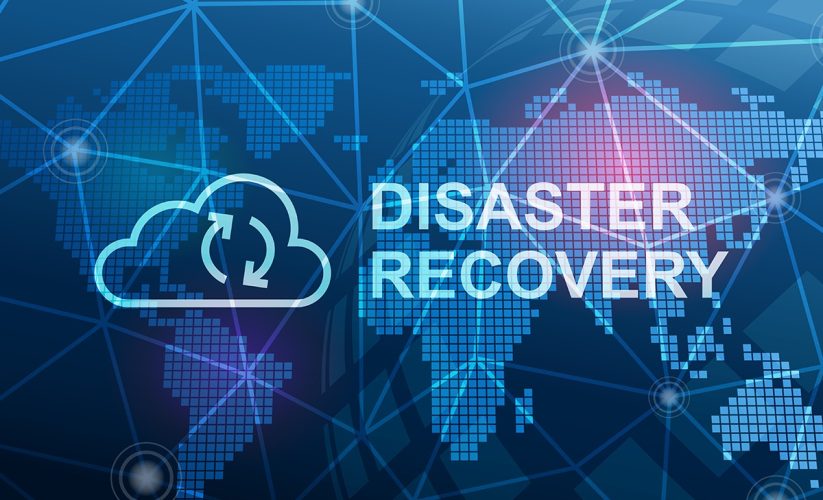
Protecting Patient Data with Advanced Cybersecurity Measures
Introduction
In today’s digital age, the healthcare industry faces unprecedented challenges in safeguarding sensitive patient data. With the increasing reliance on electronic health records (EHRs) and telemedicine, healthcare organizations must adopt advanced cybersecurity measures to protect against data breaches and cyber threats. Central to these efforts is the implementation of effective Network Management Service, which play a critical role in maintaining the security and integrity of healthcare data. This article explores the importance of protecting patient data, the impact of cyber threats in healthcare, and how robust network management can enhance cybersecurity measures.
The Importance of Protecting Patient Data
1. Ensuring Patient Trust
Maintaining the confidentiality and security of patient information is vital for building trust between healthcare providers and patients. Any data breach can lead to a loss of confidence, which may deter patients from seeking necessary care.
2. Regulatory Compliance
Healthcare organizations are subject to strict regulations, such as the Health Insurance Portability and Accountability Act (HIPAA) in the United States. Compliance with these regulations is essential to avoid hefty fines and legal repercussions associated with data breaches.
3. Preventing Financial Loss
Data breaches can result in significant financial losses for healthcare organizations, including costs related to legal fees, regulatory fines, and loss of business. Implementing robust cybersecurity measures is a cost-effective way to mitigate these risks.
Understanding Cyber Threats in Healthcare
1. Types of Cyber Threats
The healthcare sector is vulnerable to various cyber threats, including:
- Ransomware: Malicious software that encrypts data, making it inaccessible until a ransom is paid.
- Phishing Attacks: Deceptive emails designed to trick employees into revealing sensitive information.
- Data Breaches: Unauthorized access to patient records, often leading to identity theft and fraud.
2. The Impact of Cyber Threats
Cyber threats can disrupt healthcare operations, compromise patient safety, and lead to severe reputational damage. For example, a ransomware attack can halt critical services, delaying patient treatment and impacting overall care quality.
Advanced Cybersecurity Measures
1. Multi-Factor Authentication (MFA)
Implementing multi-factor authentication adds an extra layer of security by requiring users to provide two or more verification factors to gain access to sensitive data. This measure significantly reduces the risk of unauthorized access.
2. Data Encryption
Data encryption ensures that sensitive patient information is transformed into unreadable code, making it inaccessible to unauthorized users. Even if data is intercepted, it cannot be deciphered without the appropriate decryption key.
3. Regular Security Audits
Conducting regular security audits helps healthcare organizations identify vulnerabilities within their IT infrastructure. These audits should assess network security, data storage practices, and compliance with regulatory standards.
4. Employee Training and Awareness error
is often the weakest link in cybersecurity. Providing employees with training on recognizing phishing attempts and understanding best practices for data security can significantly reduce the risk of breaches.
The Role of Network Management Services
1. Continuous Network Monitoring
Network Management Services play a crucial role in cybersecurity by continuously monitoring network traffic for suspicious activity. This proactive approach allows organizations to detect and respond to threats in real-time, minimizing potential damage.
2. Bandwidth Management
Effective network management ensures that critical applications, such as EHRs and telemedicine platforms, operate smoothly. By optimizing bandwidth, healthcare organizations can prevent service disruptions that could compromise patient care.
3. Security Protocol Implementation
Network management services help implement robust security protocols, including firewalls, intrusion detection systems, and antivirus software. These measures protect the network from external threats and ensure that patient data remains secure.
4. Incident Response Planning
In the event of a cyber incident, having a well-defined incident response plan is essential. Network management services assist organizations in developing and testing these plans, ensuring a swift and coordinated response to security breaches.
5. Compliance Management
Network management services help healthcare organizations maintain compliance with regulatory standards by providing tools for monitoring and reporting on data security practices. This support is vital for avoiding penalties and ensuring the protection of patient information.
Case Studies: Successful Cybersecurity Implementation
1. A Large Hospital Network
A large hospital network implemented comprehensive network management services to enhance its cybersecurity posture. With continuous monitoring and incident response planning, the network was able to detect and neutralize a ransomware attack before it caused significant disruption.
2. A Community Clinic
A community clinic faced challenges with securing patient data due to limited resources. By partnering with a managed IT service provider, the clinic improved its cybersecurity measures, including employee training and data encryption, leading to enhanced patient trust and compliance with HIPAA regulations.
Conclusion
Protecting patient data is a critical priority for healthcare organizations in an increasingly digital world. Advanced cybersecurity measures, supported by effective Network Management Service, are essential for safeguarding sensitive information and maintaining compliance with regulatory standards. By implementing robust security protocols, continuous monitoring, and employee training, healthcare organizations can mitigate the risks associated with cyber threats. Ultimately, investing in cybersecurity not only protects patient data but also fosters trust and confidence in the healthcare system, ensuring that patients receive the highest quality of care.





